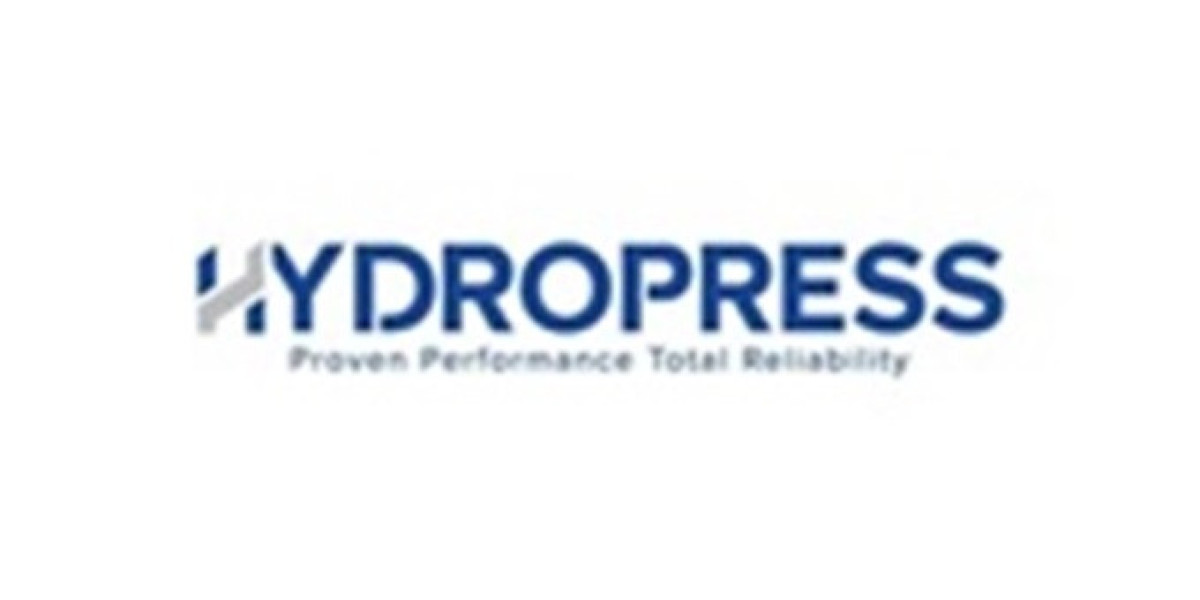Understanding the Importance of ISO 45001
ISO 45001 outlines the requirements for a comprehensive OHS management system that helps organizations proactively manage health and safety risks, comply with legal requirements, and improve employee engagement in safety practices. The standard is designed to reduce accidents, injuries, and occupational diseases while fostering a culture of safety. Internal auditors trained in ISO 45001 are crucial for ensuring that OHS management systems meet these standards, identify gaps in safety practices, and contribute to the continuous improvement of workplace health and safety protocols.
Key Benefits of ISO 45001 Internal Auditor Training
Comprehensive Understanding of ISO 45001: The training provides an in-depth understanding of ISO 45001 and its specific requirements for managing workplace health and safety risks. Participants gain insights into the structure of the standard and how it integrates with other management systems, like ISO 9001 (Quality) and ISO 14001 (Environmental Management).
Developing Audit Competencies: ISO 45001 Internal Auditor Training equips participants with the skills needed to conduct internal audits effectively. This includes planning, executing, and reporting audits, as well as identifying non-conformities and assessing the adequacy of health and safety practices.
Promoting Workplace Safety: By understanding the critical aspects of OHS management, trained auditors can help identify risks, assess hazards, and recommend corrective actions to improve workplace safety. This contributes to reducing workplace injuries and enhancing employee well-being.
Career Advancement Opportunities: Completing ISO 45001 Internal Auditor Training is a valuable credential that enhances career prospects. Professionals can pursue roles such as health and safety managers, OHS auditors, or compliance officers in industries that prioritize workplace safety.
Ensuring Compliance and Reducing Risks: ISO 45001 certification ensures compliance with local and international occupational health and safety regulations. Trained auditors help organizations reduce the risk of non-compliance, legal liabilities, and reputational damage by identifying and mitigating OHS risks.
Course Structure and Content
ISO 45001 Internal Auditor Training typically includes the following key topics:
- Introduction to ISO 45001: Understanding the structure, principles, and requirements of the ISO 45001 standard.
- Audit Planning and Methodology: Learning how to plan and prepare for audits, including creating audit checklists and selecting audit techniques.
- Risk Assessment and Hazard Identification: Developing skills to identify workplace hazards, assess risks, and evaluate the effectiveness of existing OHS controls.
- Conducting Internal Audits: Gaining hands-on experience in conducting audits, interviewing staff, reviewing safety records, and analyzing OHS performance.
- Reporting and Corrective Actions: Understanding how to document audit findings, prepare audit reports, and recommend corrective and preventive actions to address non-conformities.
- Continuous Improvement: Learning how to foster a culture of continuous improvement by ensuring that the OHS management system evolves in line with new regulations, emerging risks, and best practices.
Conclusion
ISO 45001 Internal Auditor Training is essential for professionals seeking to enhance their expertise in occupational health and safety management. By gaining a comprehensive understanding of ISO 45001, developing auditing skills, and learning how to assess and improve workplace safety practices, participants can contribute to creating a safer and healthier work environment. Whether aiming to advance in a health and safety career or help an organization meet regulatory standards, this training is a crucial step toward ensuring compliance, reducing risks, and protecting the workforce.








